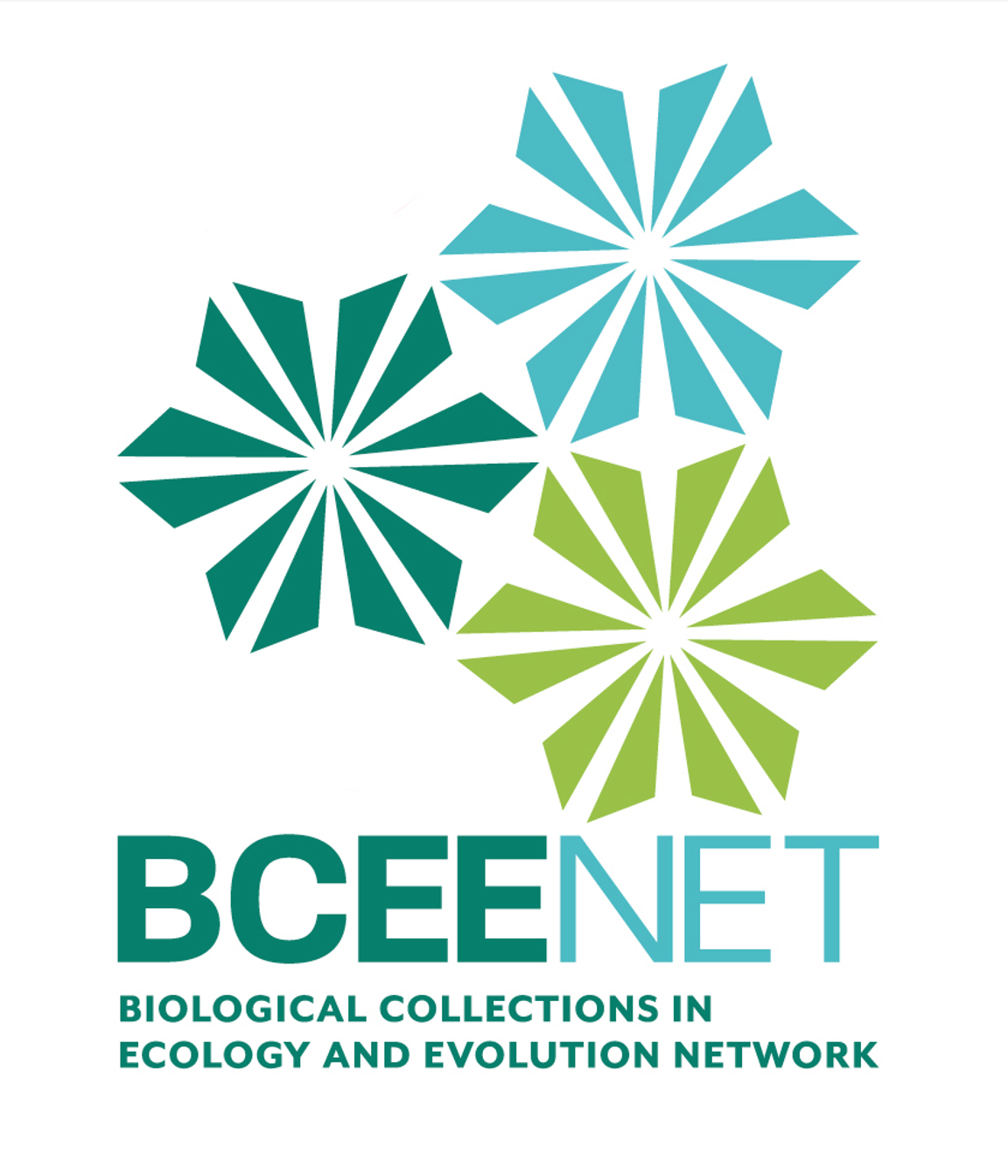Introduction to Bionomia
Author(s): Makenzie Mabry1, Adania Flemming2, Molly Phillips3, Shawn Elizabeth Zeringue-Krosnick4, Jennifer Kovacs5, Siobhan Leachman6
1. Florida Museum of Natural History, University of Florida 2. iDigBio, FLMNH 3. iDigBio, Florida Museum of Natural History, University of Florida 4. Tennessee Tech University 5. Agnes Scott College 6. Aotearoa New Zealand Wikimedia User Group
465 total view(s), 66 download(s)
Bionomia_InstructorGuide.pdf(PDF | 793 KB)
Bionomia_StudentActivity.pdf(PDF | 623 KB)
Bionomia_StudentActivity.docx(DOCX | 4 MB)
- https://bionomia.net
- License terms
Description
The Bionomia website, accessible at https://bionomia.net/, facilitates a collaborative process in which volunteers, known as scribes, establish connections between collectors and identifiers and their specimens. Through these attribution efforts, Bionomia generates a comprehensive profile of the collector. This profile serves as a valuable resource for both contemporary collectors and identifiers, allowing them to substantiate the influence of their contributions. Moreover, for deceased collectors or identifiers, the Bionomia profile serves as a poignant testament, shedding light on the enduring contributions of individuals who might otherwise have been left uncelebrated. Historically, many of these overlooked individuals were women, people of color, and Indigenous collectors, whose contributions were often marginalized due to bias and prevailing social norms of the time. For example, marginalized individuals were often restricted in their ability to undertake higher education or join natural history societies or clubs. However, women, people of color, and Indigenous people were often able to contribute to science by collecting specimens. By attributing these collecting efforts to the underrepresented people that undertook them, it is possible to help improve the recognition of their important contributions to science.
Bionomia uses specimen data periodically downloaded from the Global Biodiversity Information Facility (GBIF; https://www.gbif.org/). GBIF is an aggregator of specimen data sourced from natural history institutions all over the world. A collection must first publish their data in GBIF before working in Bionomia on that collection’s specimens. Bionomia attempts to match the name string of the collector/identifier as given in GBIF to the various names given in either a particular Wikidata item or the ORCID platform. Bionomia then generates a list of specimens that may have been collected or identified by that person. Then people using Bionomia, called scribes, assign specimens to people, attempting to confirm Bionomia’s suggestions. If scribes agree with Bionomia’s suggestions they can link a specific specimen collector via that collector’s unique code to the natural history specimen they have collected. This then enables Bionomia to generate a profile for that collector showing where and when the collector collected, what they specialized in, who they collected with, where the specimens they collected are deposited, and links to the scientific publications that have used their specimens to improve our scientific knowledge about biodiversity.
This module aims to introduce both students and instructors to the invaluable resource, Bionomia. This rich database provides a more comprehensive understanding of the collectors and identifiers of natural history collections. The objective is to foster an appreciation for the individuals behind the specimens and the critical role they play in advancing our understanding of the natural world. Moreover, this instructional guide will lead students through an example of attributing specimens to a collector within the Bionomia platform. By doing so, students will gain insights into the contributions of individuals who might have otherwise gone uncelebrated, historically including women, people of color, and Indigenous collectors. Through this module, students will not only learn but also have the opportunity to claim their work as scribes, contributing to the preservation of this rich tapestry of knowledge.
Classroom Management
This module is designed for an advanced undergraduate or graduate student audience, with the instructor having prior familiarity with digitized natural history collections data and searching for historical records.
One of the hardest parts of implementation is generating a list of collectors/identifiers for the students to work on. We suggest using existing datasets in Bionomia.
The proposed setup for this module is one in-class activity that walks students through an example of attributing specimens through the Bionomia platform, followed by additional in-class time to research a collector and attribute specimens to them
Required resources
- Access to computers and internet.
- ORCID account
- Bionomia account
Student learning objectives
- Log into, navigate, and use Bionomia
- Select a Bionomia profile to work on
- Research a collector or identifier
- Attribute specimens to a collector or identifier
Corresponding author: Siobhan Leachman (siobhan.leachman@gmail.com)
Cite this work
Researchers should cite this work as follows:
- Mabry, M., Flemming, A., Phillips, M., Zeringue-Krosnick, S. E., Kovacs, J., Leachman, S. (2024). Introduction to Bionomia. BCEENET- Biological Collections in Ecology & Evolution Network, QUBES Educational Resources. doi:10.25334/AXVE-E198
